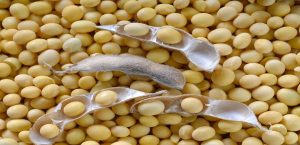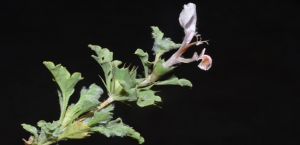Abstract:
Angiosperm diversity is a result of repeated evolutionary radiations, and ’trait flexibility’ i.e., the
evolvability of traits over macroevolutionary times, is suggested as a key factor aiding these radiations.
However, it is unclear how trait flexibility affects such radiations, and which genomic factors contribute
towards trait flexibility and diversification. Here, we answer this question by integrating genome size,
functional trait, and phylogenetic data for palms (Arecaceae)- a pantropical family comprising ca. 2600
species, that shows extraordinary trait diversity, with some of the largest seeds, leaves, fruits and
genome sizes reported across angiosperms (e.g., the seeds of the double coconut, the leaves of Raphia
regalis, the genome size of Voanioala gerardii). We used macroevolutionary and structural equation
models to show that palm lineages increased diversification rates ca. 20 million years ago, concordant
with increased variation in genome sizes and traits. However, rates of genome size evolution were not
associated with diversification rates, but with fruit size and stem diameter evolutionary rates. Instead,
fast diversification rates were found for species with relatively large genomes, small fruits, and fast
rates of stem height, fruit length, or leaf size evolution. This suggests that genome size, due to its
biophysical properties, can act as an inherent factor by predisposing plants to trait flexibility. Our study
provides evidence for trait flexibility as a potential driver for evolutionary radiation
Speaker: Dr. Sreetama Bhadra
Affiliation: Leipzig University
Time: 4:30 PM, Tuesday, Apr. 4, 2023
Venue: ZOOM 会议平台 会议 ID:312 430 8960 会议密码 PWD:666666
ZOOM
会议 ID:312 430 8960
会议密码 PWD:666666



